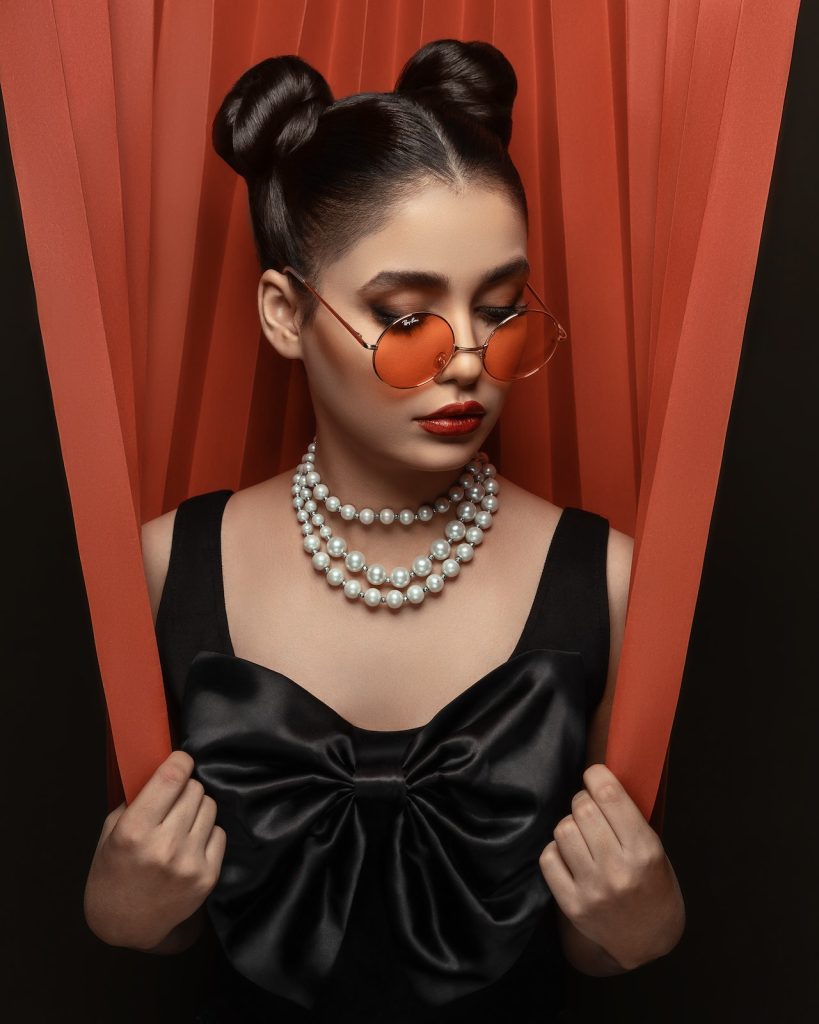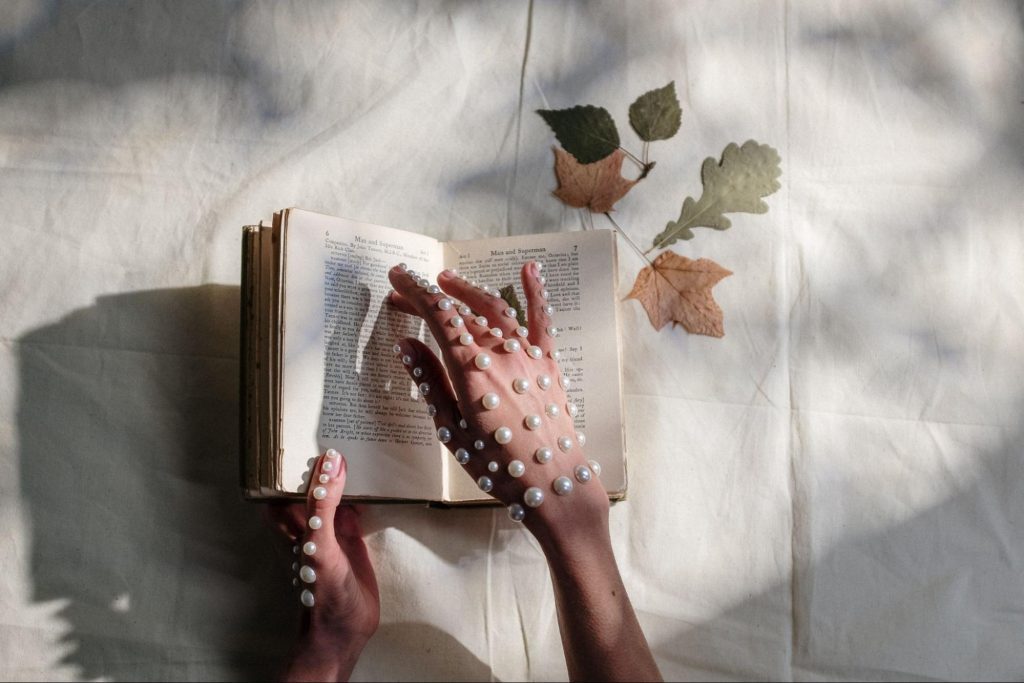
Pearls of Fashion Exploring the Relationship Between Fashion and Pearl Jewelry
Introduction
Pearl jewelry is any type of jewelry that features pearls, which are natural or cultured gemstones produced by oysters and mollusks. Pearl jewelry has been significant in fashion for centuries, and its popularity has never waned.
In ancient times, pearls were considered to be a symbol of wealth, power, and royalty, and they were often used to adorn the crowns and scepters of monarchs. Over the centuries, pearl jewelry has remained a favorite among royalty and the upper classes, even though it has also become more accessible to the masses. Today, pearl jewelry is commonly recognized as a symbol of sophistication, elegance, and femininity.
In recent years, pearl jewelry has indeed made a comeback in the fashion world, with designers incorporating pearls into their collections in new and innovative ways. Cherish Pearls is one such company which has been receiving some buzz lately for their sustainably-made freshwater pearl jewelry.
One notable trend in pearl jewelry in recent times has been the use of pearls in engagement rings. Celebrities such as Ariana Grande have popularized the use of pearls in engagement rings, with Grande’s ring featuring a diamond set with a pearl on the side.
Current Trends in Pearl Jewelry
Current Trends:
• Growing Market: The global pearl jewelry market is projected to grow at a CAGR of over 13% between 2022-2031, indicating a rising interest in pearls in the fashion industry.
• Statement Pearl Chokers: Statement pearl chokers are a popular trend for 2022, with various options ranging from thick or thin, multi or single string, with added details or pendants.
• Reimagined Pearls: Pearls have been reimagined in various ways for current fashion trends, such as incorporating them into beaded friendship bracelets with diamond-studded evil eyes. Freshwater pearls have also been used in summer staples that can be layered with gold chains.
Pearls have indeed shed their traditional and conservative image in recent years, and are now considered trendy and fashionable accessories that can be incorporated into any wardrobe. In fact, pearls have been spotted on runways and in streetwear in a variety of ways, such as being incorporated into oversized earrings, layered necklaces, and embellishing clothing items such as jackets and jeans.
Most of the pearls used in fashion today are produced through a non-nucleated freshwater mussel technique that can create a greater number of pearls per harvest than saltwater oysters. Freshwater pearls come in a stunning range of colors, including white, cream, pink, gold, blue, green, peach, lavender, gray, and black, and are often dyed for a more trendy and bold appearance. Cultured freshwater pearls from China are tissue-nucleated, which involves inserting tiny pieces of mantle tissue from a donor mussel into small incisions made throughout the soft body of the host mussel.
Pearls have also been used to create bold and unique statement pieces that showcase their natural beauty and elegance.
Historical Significance of Pearl Jewelry in Fashion
Pearl jewelry has a rich history in fashion and has been valued for its beauty and elegance for centuries. During the Victorian era, small pearls were often used as accents in jewelry, while the Edwardian era saw the popularity of the white on white effect of pearls or diamonds set in platinum or white gold, giving the wearer a truly elegant and luxurious look. In the 1920s, pearls were a symbol of the Art Deco movement and were commonly used in jewelry designs, such as flapper-style necklaces and long strands of pearls worn by famous women like Coco Chanel.

Historical Significance of Pearl Jewelry in Fashion
Pearls have also played an important cultural and historical role in fashion. In many cultures, pearls were believed to represent purity and were given as gifts to mark significant life events, such as weddings and births. Pearls have also been associated with political figures, such as Kamala Harris, who often wears a pearl necklace as a nod to her sorority, Alpha Kappa Alpha.
The Future of Pearl Jewelry in Fashion
The future of pearl jewelry in the fashion industry seems promising, with the global pearl jewelry market predicted to grow at a CAGR of 13% and reach USD 20 billion by 2025. Pearl jewelry is becoming increasingly popular and has been incorporated into both formal and casual wear by designers, celebrities, and style bloggers. However, the recent COVID-19 outbreak has adversely affected the pearl jewelry market, resulting in the shutting down of manufacturing units and travel restrictions, which makes the import and export of jewelry a challenging task for sellers.
As fashion trends continue to evolve, pearl jewelry may need to adapt to remain relevant. One potential challenge for pearl jewelry is maintaining its traditional appeal while incorporating new and modern styles.
However, with the ongoing popularity of pearl jewelry in the fashion world, it is likely that designers and manufacturers will continue to innovate and create new designs to keep up with changing fashion trends. As consumers become more conscious of environmental and social issues, sustainability and ethical sourcing are also likely to become critical considerations in the production of pearl jewelry.
Conclusion
To summarize the key points of this article on the historical significance and future of pearl jewelry in fashion, we discussed the evolution of pearl jewelry in past fashion eras, such as the Victorian era and the 1920s. And we analyzed the cultural and historical significance of pearls in fashion.
We also considered potential challenges that pearl jewelry may face in future fashion trends, such as changes in consumer preferences and economic instability. Additionally, we explored how pearl jewelry may continue to evolve in the fashion industry, including incorporating new technologies and sustainable practices.
It is clear that pearls have remained a timeless and elegant choice of jewelry, and their cultural and historical significance continues to inspire designers and fashion enthusiasts. As we move forward in the fashion industry, it will be important to balance innovation with the preservation of traditional techniques and materials. Pearl jewelry can continue to evolve and remain relevant in fashion by adapting to changing consumer demands and embracing sustainability.









